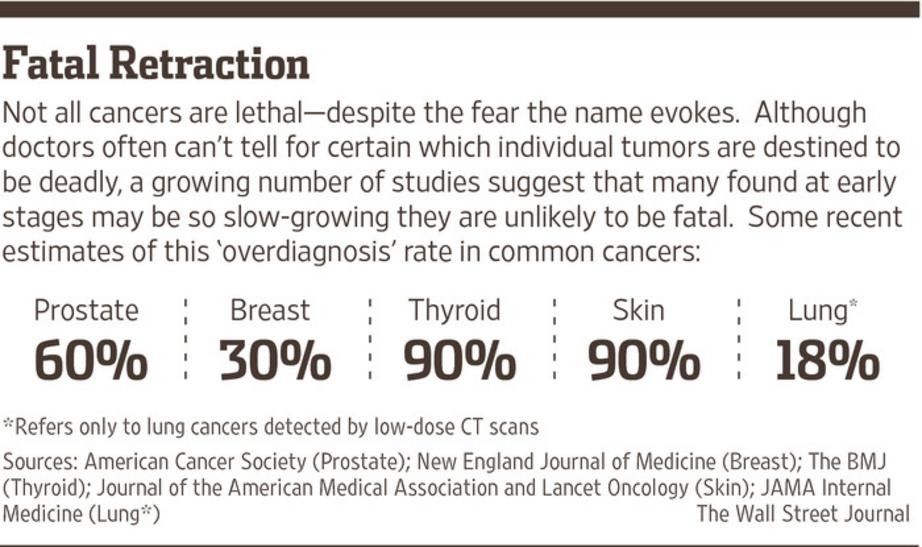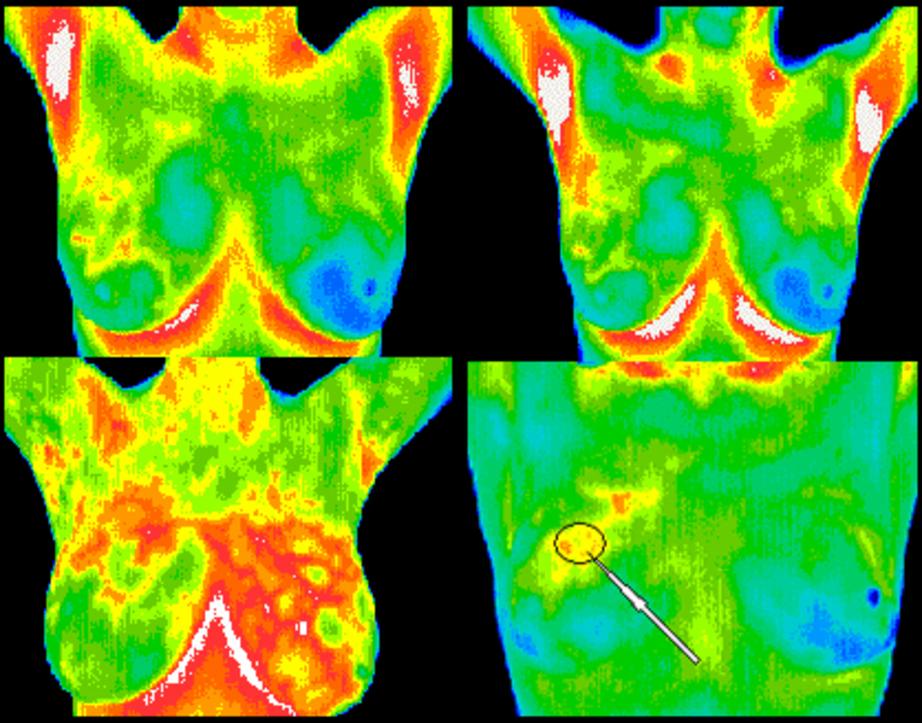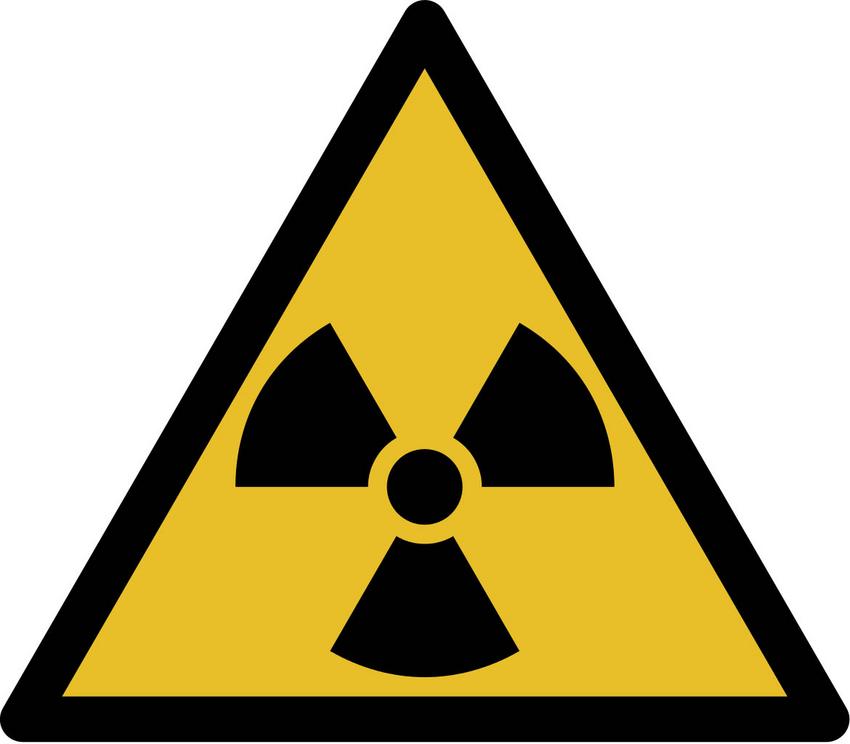None of the 20 mammograms caught my disease…
Popular breast cancer screening method is dangerous and ineffective. This proven and safe method can save thousands of lives.
Breast cancer rates have remained high in recent years; as of today, a woman has a 1 in 8 chance of developing breast cancer in her lifetime. While environmental toxins play a big role in this epidemic, a large majority of cases are due to ‘overdiagnosis,’ which happens most often because of mammograms.
In the mainstream medicine, mammograms are considered the main method of diagnosing breast cancer, and the American Cancer Society used to recommend all women over 40 getting them annually. But a few years ago, the CDC changed the recommendation to women over 50 and to every two years. The guideline changed after many doctors concluded that mammograms are harmful and cause too many false positives, according to NBC News.
But that is still a huge underestimation of the damage mammograms inflict, and the amount of false diagnoses they are responsible for. Luckily, there is a safe alternative, and it is getting more popular each year.
30% of Breast Cancer Cases are FALSE: All Thanks to the Mammograms
An astonishing number of breast cancer cases, about 30%, is either not cancer at all, or is a type of cancer that will never be life-threatening. In many cases, this “cancer” needs no medical intervention. Some cases may benefit from natural immune support for the body, and the body would take care of it. No toxic chemotherapy or radiation would thus be needed.

Breast cancer is not the only cancer with large percentage of overdiagnosis. Source: The Wall Street Journal article, 2014.
Unfortunately, when a mammogram finds a “lump,” many women go through cancer treatments and biopsies that they never needed, while damaging their health instead.
Health Dangers of Mammograms
-False positive diagnosis
-Unnecessary biopsies, chemotherapy, and radiation
-Risk of Developing Cancer
-Missing cancer
Besides being responsible for false positive test results, mammograms also expose patients to considerable levels of radiation, which may stimulate cancer growth. The National Cancer Institute confirms that repeated exposure to radiation can lead to cancer.
For many, getting a cancer screening that can cause cancer itself is illogical.
What’s even worth is that even when a person actually has life-threatening cancer, a mammogram can miss it.
In 2015, a dying journalist spread awareness of this issue in a heart-breaking article titled “As I Lay Dying…”

Laurie was one of the women for who mammograms have missed their cancer. PHOTO: Stanford Medical X/Flickr
Laurie Becklund, who passed that year, wrote that she had over 20 mammograms in her life and yet none of them caught her breast cancer.
Becklund confessed, “I had more than 20 mammograms, and none of them caught my disease. In fact, we now have significant studies showing that routine mammogram screening, which may result in misdiagnoses, unnecessary treatment and radiation overexposure, can harm more people than it helps.”
Instead mammograms are responsible for about 70,000 women going through unnecessary cancer treatments every year.
As we see more often, mammograms fail to catch cancer when needed, yet are to blame for false diagnoses.
Fortunately, there is a new way to scan for breast cancer today. A method that catches cancer before it develops without the aforementioned dangerous effects on the body.
Thermogram: A Safer Alternative (Benefits)
-Finds cancer cells early
-Measures inflammation in the body that can lead to other problems
-Locates the root cause of cancer
-Zero known negative health effects
-Absolutely no radiation
-Shows vascular activity in the breasts (blood vessels)
Thermography or infrared thermography was officially registered by the FDA in 1982, and has been developing as a popular field for the last 20 years, and today it uses high-resolution digital infrared cameras to show patterns in the body. A thermography test requires as little as tens minutes of the patient’s time, and it shows quite a bit of detailed information to the doctor.
The test detects any abnormal activity early, that includes cancer, but also infections, allergies, and even cardiovascular diseases.

Thermography shows unusual activity in the body. SOURCE: www.thermologyonline.org
A thermogram is often able to find cancer early enough for the patient to reverse it without using toxic treatments.
Dr. Nan Kathryn Fuchs, the editor if Women’s Health Letter, writes:
“I found in my research, and personally, that thermography can help a woman take a possible pre-cancerous condition and turn it around.”
Some people choose to get both mammogram and a thermogram. Others want to avoid the mammogram’s risk and rely on thermography alone. It is a good idea to talk to doctors from different clinics to discover and assess your options.
One woman who discovered thermography writes:
“I’m so happy to have discovered breast thermography. My 32-year-old-daughter died in 1999 from breast cancer. She was told it was nothing to worry about. Her mammogram showed nothing, and after the follow-up ultrasound she was told to come back in ten years. I found out later on that these tests are not conclusive. Only 20% of the time it is cause to worry. That statistic is too high for my taste. I wish I had known about this technology, which would most likely have told the doctors it WAS something to worry about. I personally have yearly thermograms as part of my regular check-ups. I now recommend it to every woman.”
How to Find an Office That Offers Thermograms
There are many offices that offer thermograms, but it is important to note that is a field that requires a knowledgeable professional who knows how to read the results properly. Just as with all screening methods, there have been a few cases when a thermogram missed cancer, but it is hard to judge why without knowing the doctor who used the method as a screening tool.
There is an official organization called the American College of Clinical Thermology that lists approved thermography clinics on their website. The locations included the United States, Australia, and some places in Canada, Europe, and other countries.
Find a certified location near you.

